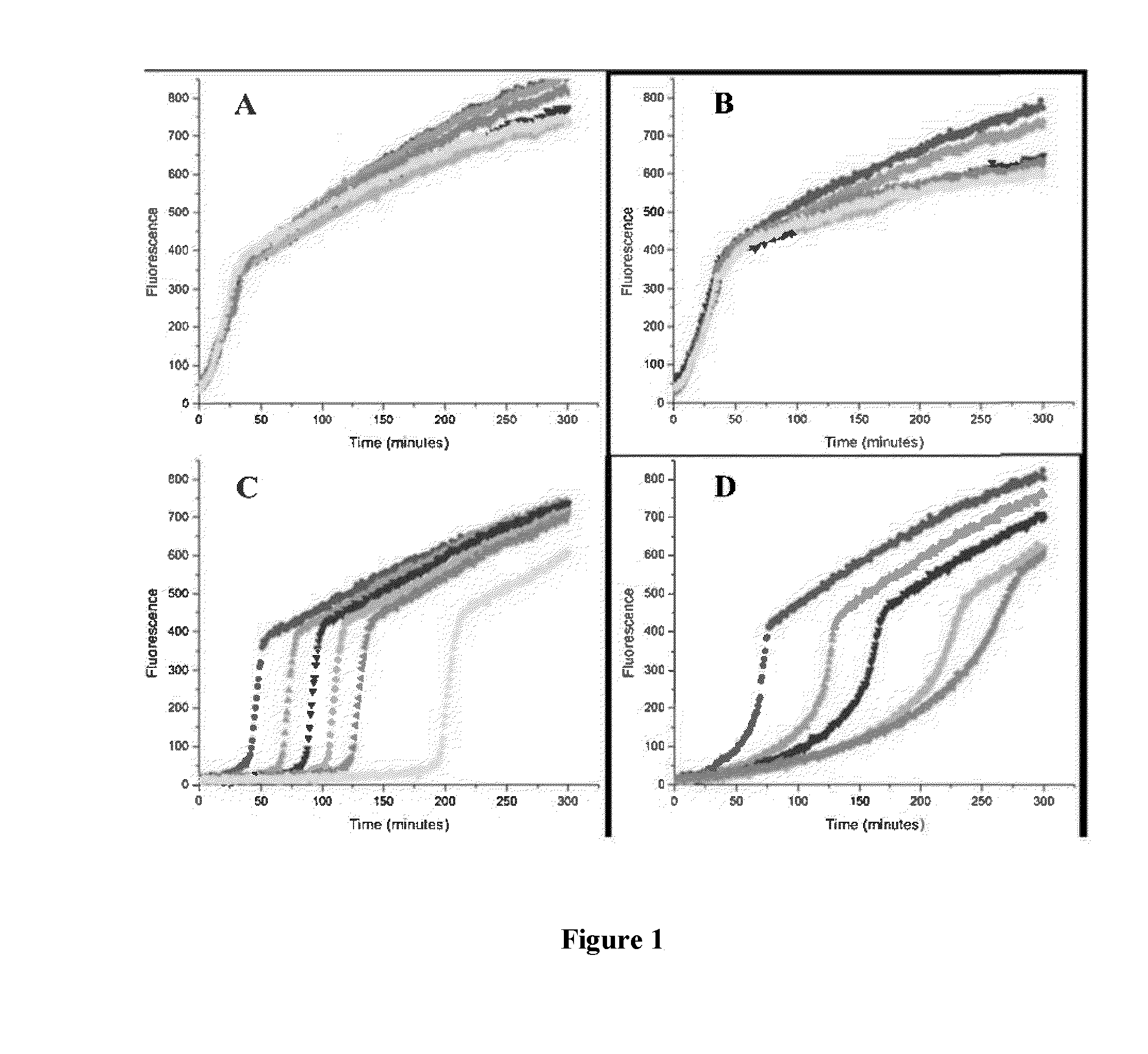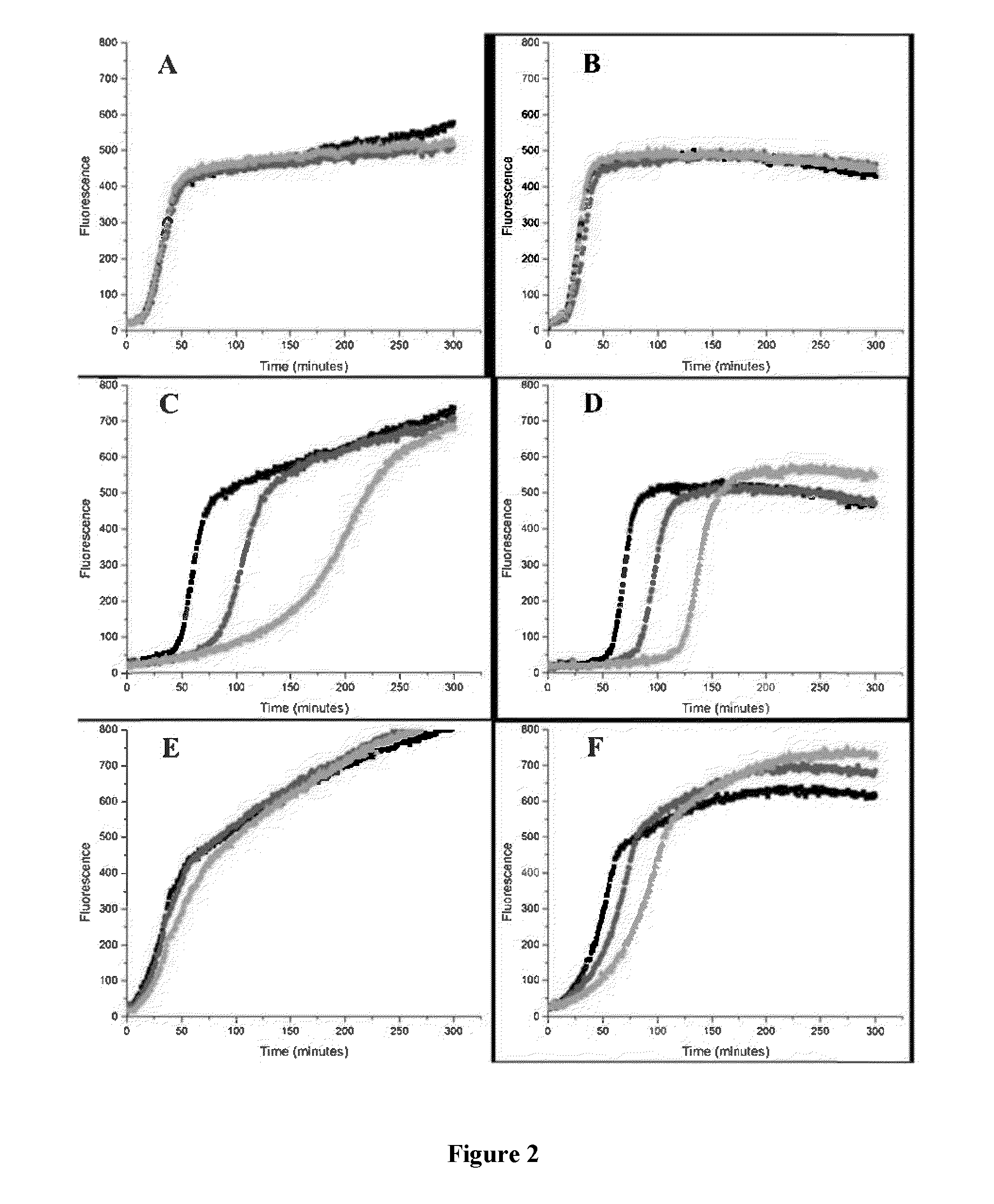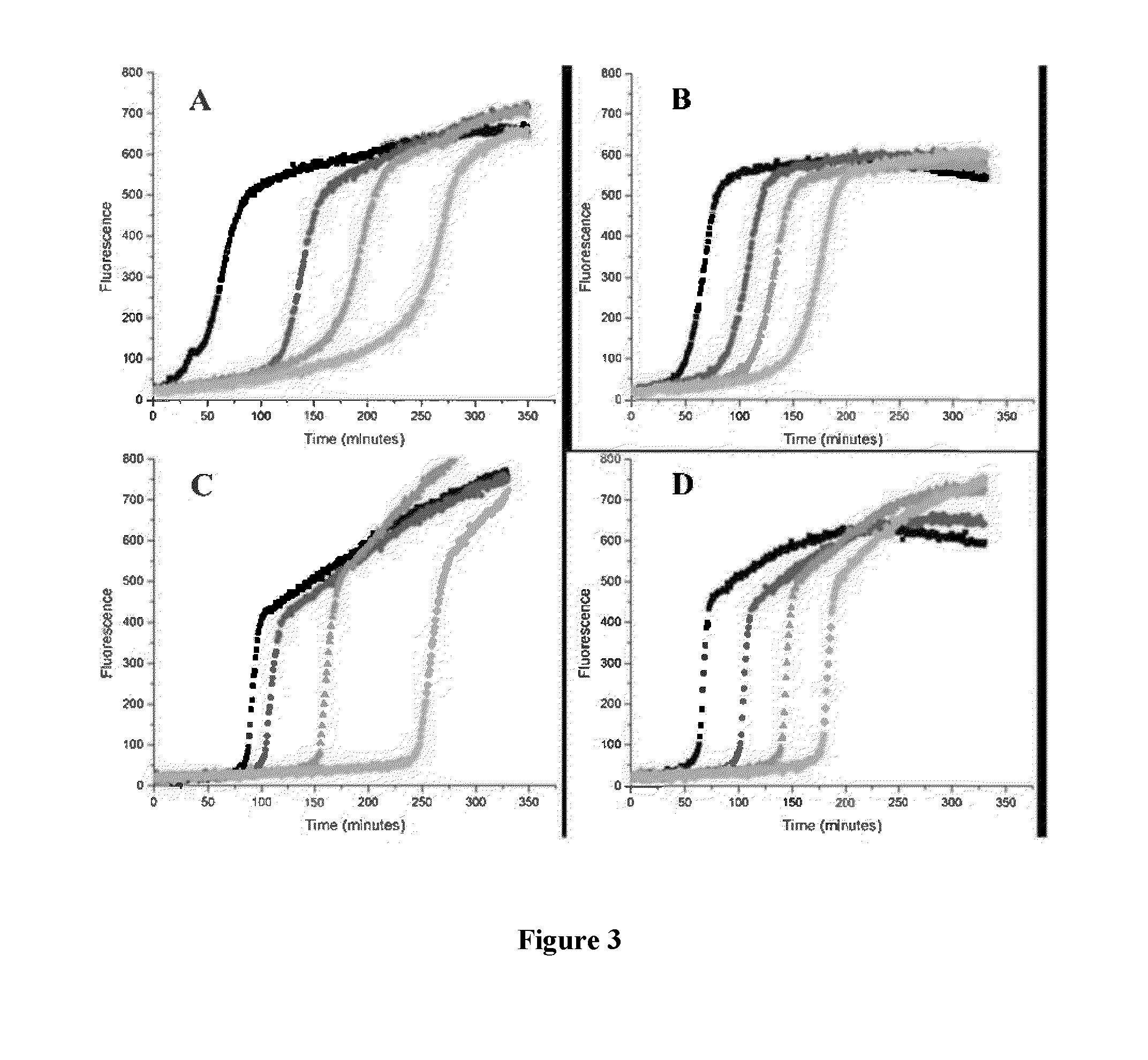Thiosulfinate antioxidants and methods of use thereof
a technology of thiosulfinate and antioxidants, applied in the field of antioxidants, can solve the problems of limited use of allicin as an antioxidant and severe restrictions on the use of bpt as an antioxidan
- Summary
- Abstract
- Description
- Claims
- Application Information
AI Technical Summary
Benefits of technology
Problems solved by technology
Method used
Image
Examples
example 1
Synthesis and Characterization of p-n-C6H13-Benzyl Phenylmethane Thiosulfinate
[0068]p-n-C6H13-Benzyl phenylmethane thiosulfinate was prepared according to the following scheme:
4-hexylphenyl)methanol 2
[0069]
[0070]A solution of hexylbenzene (1.62 g, 10 mmol) and oxalyl chloride (1.4 g, 11 mmol) was prepared in dry DCM (15 mL). Anhydrous AlCl3 (2.0 g, 15 mmol) was added to the solution portionly at 0° C. under argon. Anhydrous THF (10 mL) was added after the mixture was stirred at 0° C. for 1 h, and then LiAlH4 (760 mg, 20 mmol) was added slowly and portionly. After stirring at 0° C. at 1 h, water (5 mL) was added slowly to quench the reaction. The solution was decanted from the resulting solid, which was then washed with ether. The decanted solution was combined with the ether washes and solvent was evaporated and the resultant crude product was purified by flash chromatography on silica gel (hexane:ethyl acetate=5:1) to afford compound 2 (1.73 g, 90% yield).
[0071]1H NMR: 7.06-7.18 (A...
example 2
Kinetics of Reaction of p-n-C6H13-BPT with Peroxyls
[0081]The kinetics of reaction of p-n-C6H13-BPT with peroxyls was studied using a method based on the peroxyl radical clocks described in Roschek, B.; Tallman, K. A.; Rector, C. L.; Gillmore, J. G.; Pratt, D. A.; Punta, C.; Porter, N. A. J. Org. Chem. 2006, 71, 3527-3532. A comparison of the results obtained using p-n-C6H13-BPT to other antioxidants, such as BPT, was used to demonstrate the antioxidant activity of p-n-C6H13-BPT.
[0082]Stock solutions of methyl linoleate (“MeLin”) (1.0 M), methoxy 2,2′-Azobis(4-methoxy-2,4-dimethyl valeronitrile) (“MeOAMVN”) (0.1 M), and the thiosulfinates, BPT and p-n-C6H13-BPT 5, were prepared in chlorobenzene. Samples were assembled in 1 mL HPLC autosampler vials with a total reaction volume of 100 μL. Solutions were prepared in the following order to avoid premature oxidation:thiosulfinate (1 mM-7 mM), MeLin (0.10 M) and then MeOAMVN (0.01 M), and diluted to 100 μL with chlorobenzene. The sealed s...
example 3
Radical-Trapping Antioxidant Generation & Regeneration; Combination of Lipophilic Thiosulfinates and Hydrophilic Thiols
[0084]Garlic-derived thiosulfinate allicin (1), (C. J. Cavallito, J. H. Bailey, J. S. Buck, J. Am. Chem. Soc. 1945, 67, 1032-1033.) and anamu-derived petivericin (2), (R. Kubec, S. Kim, R. A. Musah, Phytochemistry 2002, 61, 675-680) are purported to be potent radical-trapping antioxidants, (Y. Okada, K. Tanaka, E. Sato, H. Okajima, Org. Biomol. Chem. 2006, 4, 4113; and Y. Okada, K. Tanaka, E. Sato, H. Okajima, Org. Biomol. Chem. 2008, 6, 1097) a reactivity to which many of the biological activities of extracts of these plants have been ascribed.
[0085]In organic solution, 1 and 2 themselves are not radical trapping antioxidants and must first undergo Cope elimination to form the sulfenic acids 3 and 4, respectively (Eq. 1 and 2), which are believed to undergo very fast reactions with peroxyl radicals (V. Vaidya, K. U. Ingold, D. A. Pratt, Angew. Chem. Int. Ed. 2009, ...
PUM
| Property | Measurement | Unit |
|---|---|---|
| volume | aaaaa | aaaaa |
| volume | aaaaa | aaaaa |
| temperature | aaaaa | aaaaa |
Abstract
Description
Claims
Application Information
 Login to View More
Login to View More - R&D
- Intellectual Property
- Life Sciences
- Materials
- Tech Scout
- Unparalleled Data Quality
- Higher Quality Content
- 60% Fewer Hallucinations
Browse by: Latest US Patents, China's latest patents, Technical Efficacy Thesaurus, Application Domain, Technology Topic, Popular Technical Reports.
© 2025 PatSnap. All rights reserved.Legal|Privacy policy|Modern Slavery Act Transparency Statement|Sitemap|About US| Contact US: help@patsnap.com



